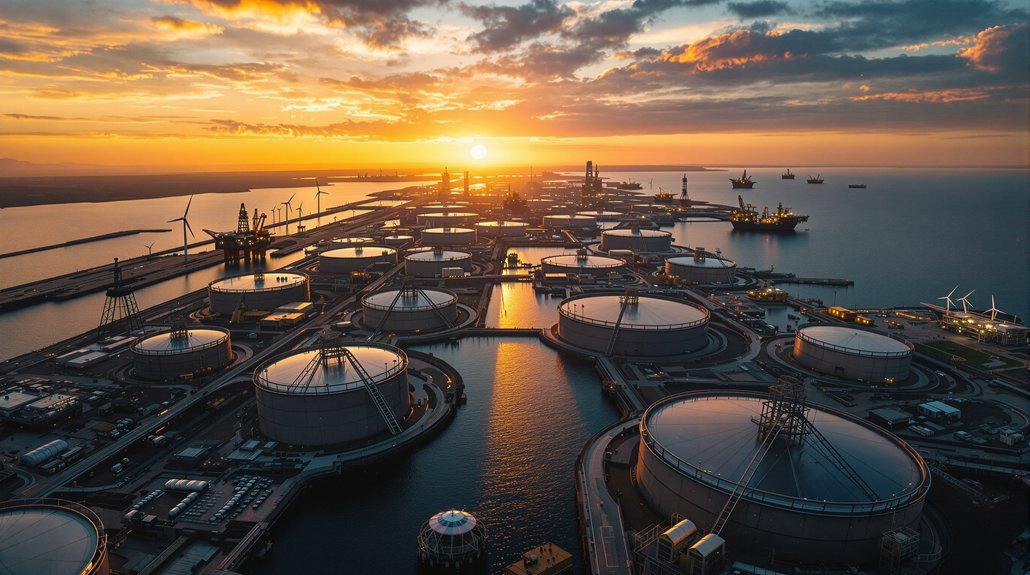OPEC+ plans to increase oil production by 411,000 barrels daily starting April 2025. This marks the beginning of an 18-month strategy to boost output until September 2026, gradually reversing previous cuts of 2.2 million barrels per day. Saudi Arabia targets 9.2 million barrels daily while Russia aims for 9.08 million. The UAE will receive a special arrangement for additional production. Monthly reviews will guarantee market stability as the alliance responds to improving demand conditions.
While global energy markets have been operating under tight supply conditions for nearly two years, OPEC+ has announced plans to considerably increase oil production starting in April 2025. The oil producers’ alliance has developed an 18-month strategy to boost output gradually through September 2026, reversing previous cuts of 2.2 million barrels per day that have kept prices stable.
A significant development in this plan is a 411,000 barrels per day increase set for May 2025, which pushes planned monthly increases forward by three months. Following this initial surge, OPEC+ will implement monthly increases of 137,000 barrels per day, though these can be paused or reversed if market conditions change.
Key producers like Saudi Arabia, Russia, Iraq, and the UAE are central to this strategy. Saudi Arabia’s production target for May 2025 is set at 9.2 million barrels daily, while Russia aims for 9.08 million. The UAE has secured a special arrangement allowing an additional 300,000 barrels per day increase by September 2026, reflecting its strategic ambitions. This represents a substantial 20% production increase for the UAE compared to current levels.
OPEC+ officials cite “healthy market fundamentals” and a “positive outlook” as reasons for the production boost. The eight participating countries—Saudi Arabia, Russia, Iraq, UAE, Kuwait, Kazakhstan, Algeria, and Oman—will contribute to the planned adjustment according to their production capacities. The alliance believes steady demand recovery post-COVID can absorb the increased supply without destabilizing markets.
Monthly reviews will monitor compliance and market conditions, allowing for adjustments if needed. This flexibility provides a buffer against unexpected market disruptions that could affect global energy prices.
The decision comes after nearly two years of supply constraints implemented since late 2022, designed to stabilize prices during uncertain economic times. For oil-dependent economies like Saudi Arabia and Russia, increased production supports national budgets while potentially putting pressure on competitors like U.S. shale producers.
However, risks remain. If global economic growth slows unexpectedly, the higher production could lead to oversupply, potentially reducing prices and limiting revenue gains for producing nations.








